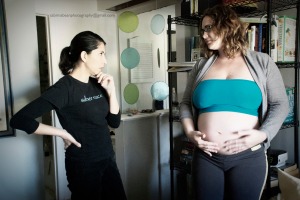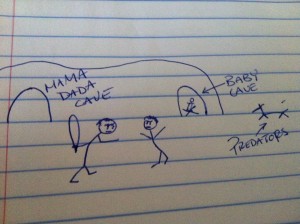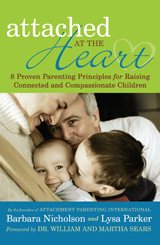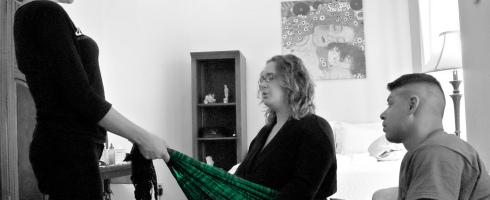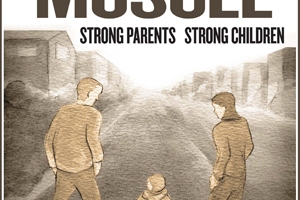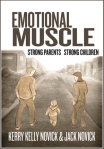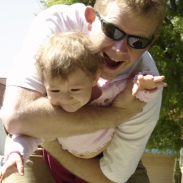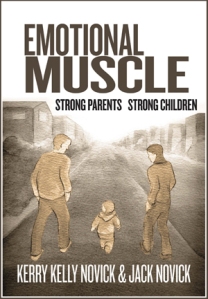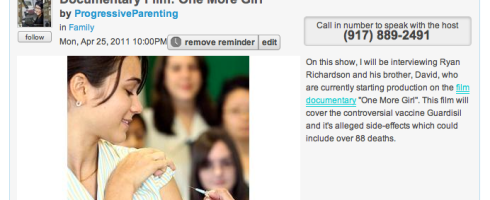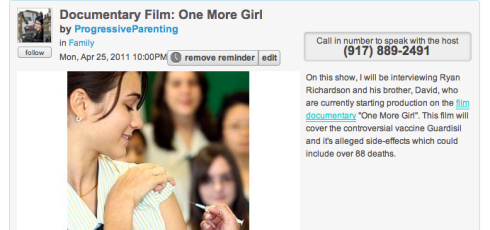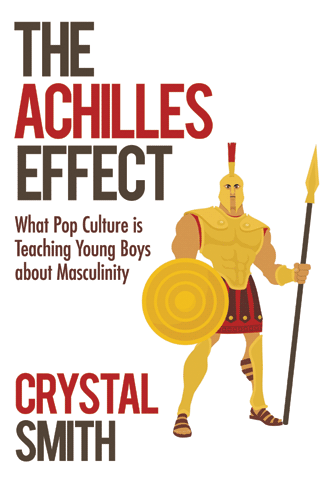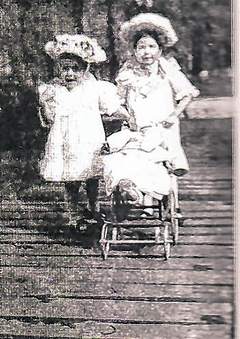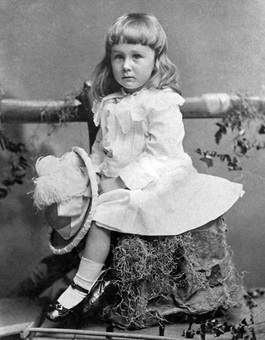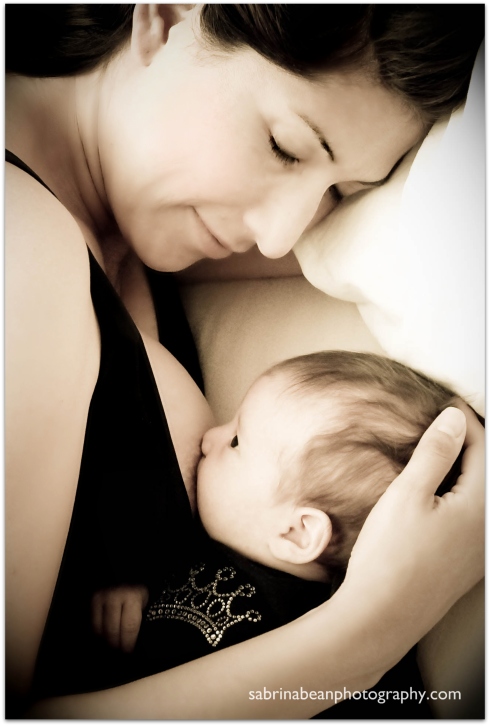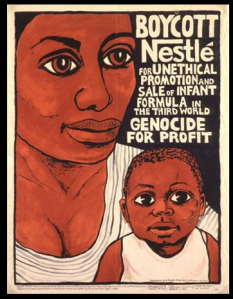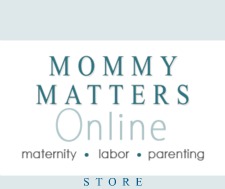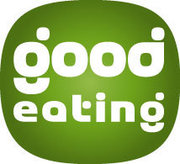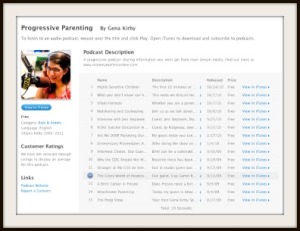Six years ago when I first got involved in “birth world”, it was very rare to hear about a home-birth. Now it seems it is beginning to lose its aura of mystery and taboo. Celebrity Baby Scoop just put out an article on Celebrity home birth.

Yes. I did use a midwife and a doula. We had the option of having a doctor there, but even he said you’ll only need me if you need to be transferred to the hospital--which thankfully, I did not need."
“I had all my children at home, naturally,” Erykah said. “First my son [Seven Sirius]
was born at home in 1997, because that’s the natural environment, the old way. There’s not a lot of fuss and moving around. I had a very wise doula and midwives giving me the freedom to continue living my life. I didn’t have to uproot myself… Maybe to some it’s scary, but preparation is the whole key. When a mother has found out she’s going to have a baby, her whole life — her diet, her mood, her energy — should kind of prepare her. After she prepares herself, fear is never a part of it. I expected success and health, so I made sure I surrounded myself with it. By the time I had my third baby, childbirth seemed a very natural part of life to me.””]

According to an article by Jill Cohen in MIDWIFERY TODAY:”In most cultures throughout history, women have given birth at home. The majority of women worldwide continue to birth their babies in non-hospital settings today. In many cultures birth is viewed as an integral part of family life. The advent of obstetrics in this century had a tremendous effect on childbirth customs in the United States. The birthing process became segregated from mainstream family life. Many were led to believe that the only safe birth was a hospital birth. Though doctors and hospitals took credit for statistics that indicated that birth was more successful than in previous centuries, in reality better nutrition, hygiene and disease control improved outcomes. Even today US statistics don’t support the premise that the only safe birth is a hospital birth. The US ranks 28th among industrialized nations for healthy births, at 7.0 infant deaths per 1000 births. (These data are based on 2002 statistics from the Maternal and Child Health Bureau: US Department of Health and Human Services.) Hospitals have never been proven a safe place to have a baby.
By the 1950s, most births in the US were taking place in hospitals. Cesareans, epidurals and heavy doses of pain medication became the norm. Women were denied feeling and experiencing birth through their bodies, and the drugs were having adverse effects on mothers and babies.
In the 1960s and ’70s, women began to question and challenge the way obstetricians were treating them—as though childbirth were a sickness. Women began to reclaim their power, and the homebirth movement was born.
The 1990s became a time of maternity awareness. People were concerned with making all of pregnancy and birth a family experience. Today, a carefully monitored homebirth has been proven to be very safe and successful for women who have been helped to stay low-risk through nutrition and good prenatal care.
A mother choosing a homebirth must, above all else, deeply desire to give birth at home. Even though a homebirth can save money, cost alone is not sufficient motivation. The most successful homebirthers are highly committed and trust their body’s natural ability to birth. They devote time and energy to finding the right birth practitioner, doing their own research and taking care of themselves.
For some mothers, the prospect of being at home in familiar surroundings provides tremendous comfort and reassurance. Others may feel uneasy that more technical medical assistance isn’t at hand. With a skilled midwife and a non-meddlesome approach, homebirth is safer.
Families that choose homebirth may be confronted by family members and friends who, conditioned by a society afraid of out-of-hospital births, challenge their decision, feeling it is both unwise and unsafe. Again, a strong inner commitment is required to stand up for the right to birth as the family chooses. Showing family members the evidence is sometimes helpful.
Midwife means “with woman.” Traditionally, women have attended and assisted other women during labor and birth. As modern medicine emerged in the West, birth fell into the realm of the medical. Since women were barred from attending medical schools, men became the birth practitioners. Having never had a baby themselves, they were unable to approach women and childbirth with the inner knowledge and experience of a woman. Childbirth became viewed as pathological rather than natural. Medical techniques and interventions that were unnecessary and often dangerous became commonplace.
During the 1960s and ’70s, along with the women’s movement and renewed interest in homebirth, the midwifery movement rekindled. It has been growing steadily ever since. Midwives are becoming more and more involved with birthing families and have been instrumental in redefining birth as a natural event in women’s lives. Midwifery empowers women and their families throughout pregnancy and birth.
How to Choose a Midwife
Midwives have varying styles and levels of expertise. It is important to choose a midwife with whom you feel confident and compatible. The following questions may help a pregnant woman select a midwife who is well-suited to her and her family:
- How did she become a midwife?
- What training has she had?
- Is she certified or licensed with any organizations?
- Does she belong to any midwifery organizations, attend conferences and workshops, subscribe to professional journals?
- What is her basic philosophy of childbirth?
- How many births has she attended as the primary midwife?
- Does she handle higher risk situations, such as twins or breeches?
- What is the fee for her services, how must it be paid, what does it include?
- What kinds of services are included in prenatal care? (May include early detection of problem areas for the mother and baby; nutrition information; exercise recommendations; in-home care; recommendations for parent education via books, videos or classes.)
- Does she work with another midwife or assistant at births?
- What does she do if two of her clients are in labor or birth at the same time?
- How do clients reach the midwife? Does she have a pager or cell phone allowing 24-hour access?
- How does she handle problems or complications that develop during labor?
- What standard and emergency equipment does she carry? What herbs or medicine does she use? Which ones does she not carry and why?
- Does she have any affiliation with a physician who can answer questions about unusual developments either during the pregnancy or in an emergency?
- What is her policy for transporting to a hospital?
- What medical facility would she use? Has she developed a good working rapport with them?
- What kind of postpartum care does she provide? (Ask about frequency of baby checkups, assistance with breastfeeding.)
In addition to asking these questions, it is important to be clear about what you expect from your potential midwife. Be prepared to share your vision of the birth and discuss any fears you may have. Tell her how knowledgeable you are about birth at present and how informed you would like to become.
Determine if the midwife’s answers to your questions agree with your desires. If your heart trusts her, you have found your midwife.”
I am excited to see it as it is the beginning of a change or a shift if you will of the perception of what birth is. There is a conspiracy of fear that seems to surround birth. Society says birth is dangerous, or at least the movies and hospitals do. I fear however we have a very long way to go before fear is removed from birth.

y delivery was in a bath tub, in water," Gisele said. "I wanted to have a home birth. I wanted to be very aware and present during the birth... I didn't want to be drugged up. So I did a lot of preparation, I did yoga and meditation, so I managed to have a very tranquil birth at home. It didn't hurt in the slightest. The whole time my mind was focused in each contraction on the thought ‘my baby is closer to coming out.'"


